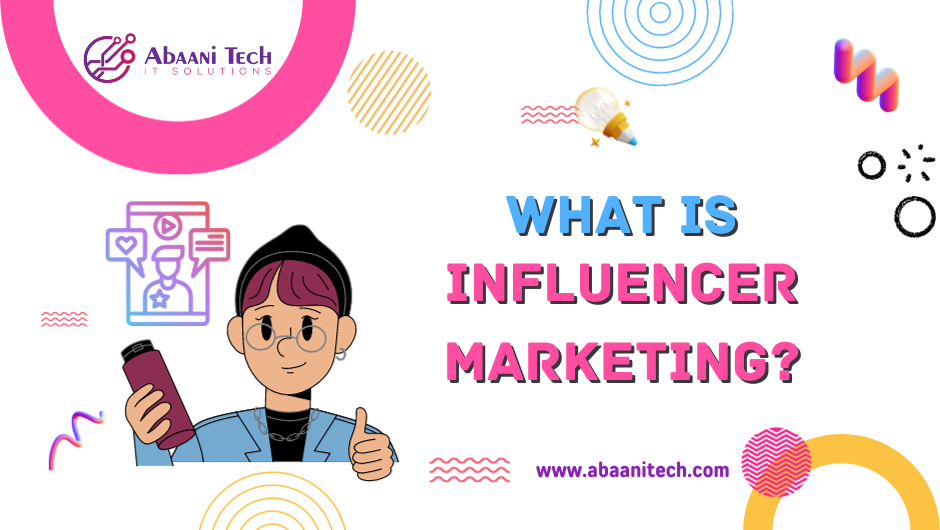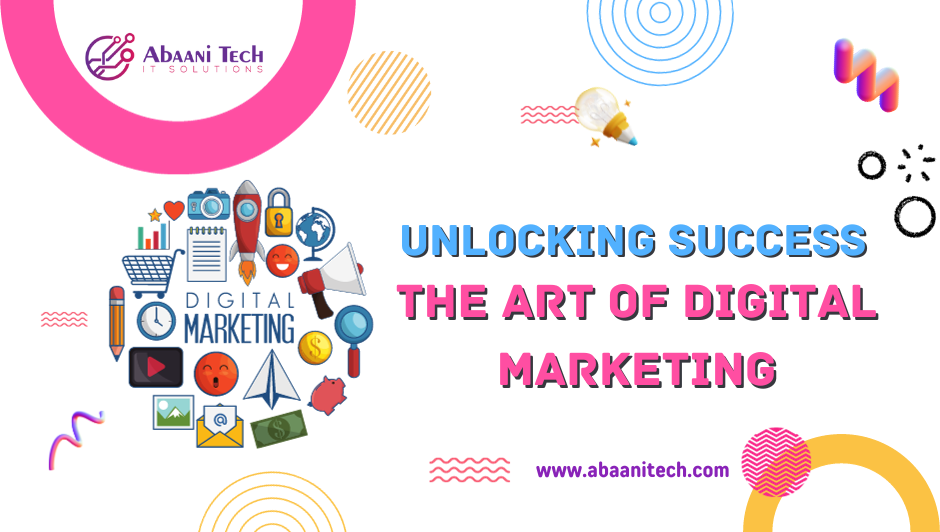Email Marketing For Lead Generation


In today’s digital age, where businesses are constantly vying for consumer attention, an effective marketing strategy is vital for success. Email marketing has emerged as a powerful tool for businesses to connect with their audience, build relationships, generate leads, and ultimately boost sales.
This article will delve into the art of using email marketing to its full potential and reaping the benefits of increased engagement and revenue.
- Step 1: Building an Engaging Email List
- Step 2: Crafting Compelling Email Content
- Step 3: Nurturing Leads with Drip Campaigns
- Step 4: Implementing Email Automation
- Step 5: A/B Testing and Optimization
- Step 6: Email Deliverability and Compliance
- Step 7: Integrating Email Marketing with Other Strategies
- Conclusion
- FAQs
Email Marketing has 7 effective steps to generate leads and sales. These steps are:


Step 1: Building an Engaging Email List
1. Creating an Opt-In Form on Your Website
The first step in harnessing the potential of email marketing is to build a list of engaged subscribers. This can be achieved by strategically placing opt-in forms on your website. Offer valuable incentives, such as free guides or exclusive content, to encourage visitors to subscribe to your mailing list.
2. Utilizing Lead Magnets to Encourage Sign-Ups
Lead magnets are valuable resources offered to potential subscribers in exchange for their email addresses. These can include e-books, webinars, or templates that address the pain points of your target audience and entice them to subscribe.
3. Running Contests and Giveaways to Attract Subscribers
Contests and giveaways are excellent strategies to rapidly grow your email list. By organizing exciting contests and offering attractive prizes, you can entice people to participate and, in turn, opt into your email communications.
Step 2: Crafting Compelling Email Content
1. Personalization and Segmentation for Effective Targeting
Personalized emails that address subscribers by their names and offer tailored content based on their interests are more likely to grab attention. Segment your email list based on various factors like demographics, behavior, and preferences for better-targeted campaigns.
2. Using Catchy Subject Lines to Boost Open Rates
The subject line is the first impression your email makes. Craft attention-grabbing subject lines that pique curiosity and compel subscribers to open and read your emails.
3. Crafting Engaging and Valuable Email Content
The heart of successful email marketing lies in the content of the emails themselves. Create informative, valuable, and engaging content that resonates with your audience. Share industry insights, tips, and exclusive offers to keep subscribers eagerly awaiting your emails.
Step 3: Nurturing Leads with Drip Campaigns
1. Introduction to Drip Campaigns
Drip campaigns are automated series of emails sent to subscribers at predefined intervals. These campaigns nurture leads by delivering valuable content, guiding them through the sales funnel, and eventually converting them into customers.
2. Setting Up a Drip Campaign Workflow
Carefully plan and design your drip campaign workflow. Map out the content and timing of each email to create a seamless and engaging experience for your subscribers.
3. Measuring and Analyzing Drip Campaign Effectiveness
Track the performance of your drip campaigns using email marketing analytics. Analyze open rates, click-through rates, and conversion rates to make data-driven improvements and maximize results.
Step 4: Implementing Email Automation
1. Understanding the Power of Email Automation
Email automation allows you to send timely and relevant emails to your subscribers without manual intervention. It saves time, enhances efficiency, and ensures that your subscribers receive the right message at the right time.
2. Triggering Emails Based on User Behavior
Leverage user behavior data to trigger automated emails. For example, you can send a follow-up email to a subscriber who has abandoned their shopping cart or a thank-you email after purchase.
3. Creating Automated Sales Funnels
Set up automated sales funnels that guide leads through the buyer’s journey. Deliver targeted content and offers that cater to the specific needs and preferences of your prospects.
Step 5: A/B Testing and Optimization
1. Importance of A/B Testing in Email Marketing
A/B testing involves sending two variations of an email to different segments of your audience and comparing the results to determine which version performs better. This data-driven approach helps optimize your email campaigns.
2. Optimizing Email Campaigns for Better Results
Continuously optimize your email marketing efforts based on A/B test results and performance metrics. Experiment with different elements such as subject lines, content, and calls to action to improve engagement and conversion rates.
3. Leveraging Data to Make Informed Decisions
Data is invaluable in email marketing. Utilize insights from analytics to understand your audience’s behavior, preferences, and pain points. Use this knowledge to create targeted content that resonates with your subscribers.
Step 6: Email Deliverability and Compliance
1. Ensuring High Email Deliverability Rates
Email deliverability is crucial for the success of your campaigns. Avoid spammy practices, regularly clean your email list, and follow email deliverability best practices to ensure your emails reach the intended recipients’ inboxes.
2. Best Practices for Email Compliance and Avoiding Spam Filters
Adhere to email marketing regulations and guidelines, such as the CAN-SPAM Act, to maintain compliance. Avoid common spam trigger words and phrases to improve email deliverability.
3. Building Trust with Your Subscribers
Establishing trust with your subscribers is essential for long-term success in email marketing. Be transparent about your intentions and ensure that your emails provide genuine value. Avoid misleading or clickbait content that could erode trust.
Step 7: Integrating Email Marketing with Other Strategies
1. Synergy Between Email Marketing and Social Media
Integrate your email marketing efforts with your social media strategy. Cross-promote your content and offers on social platforms to expand your reach and engage with a broader audience.
2. Incorporating Email Marketing into Content Marketing Efforts
Email and content marketing go hand in hand. Use email to distribute your valuable content, such as blog posts, videos, and infographics, to keep your subscribers informed and engaged.
3. Email Marketing and its Impact on SEO
While email marketing doesn’t directly affect search engine rankings, it can indirectly impact SEO. Engaged subscribers are more likely to share your content, increasing its visibility and potential for backlinks.
Conclusion
Email marketing remains a potent tool for businesses seeking to generate leads and drive sales. By building an engaged email list, crafting compelling content, leveraging automation, and optimizing campaigns based on data-driven insights, businesses can experience significant success in their email marketing efforts.
Remember, the key is to foster trust and build meaningful relationships with your subscribers, ensuring that your emails resonate with their needs and preferences.
Check our website for email marketing solutions: Abaanitech.com
FAQs
- How often should I send emails to my subscribers?
The frequency of your emails depends on your audience and the nature of your content. Regular communication is essential, but avoid overwhelming your subscribers with excessive emails.
- Can I use purchased email lists for my campaigns?
It’s not advisable to use purchased email lists, as the recipients haven’t explicitly opted into receiving emails from you. Building an organic and engaged list yields better results.
- What is the ideal length for an email newsletter?
Keep your email content concise and focused. Aim for brevity while conveying valuable information. Around 200-300 words is a good starting point.
- How can I measure the success of my email marketing efforts?
Utilize email marketing analytics to track metrics like open rates, click-through rates, conversion rates, and subscriber engagement. These data points provide insights into your campaign’s performance.
- Are there any free tools available for email marketing?
Yes, several email marketing platforms offer free plans with limited features. Some popular options include Mailchimp, Sendinblue, and Benchmark Email. Start with a free plan and upgrade as your email list grows and your needs expand.






